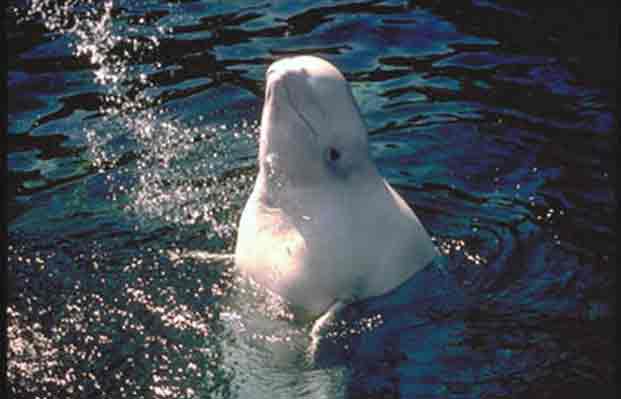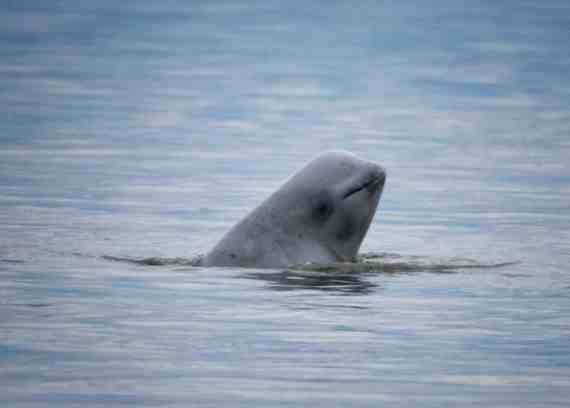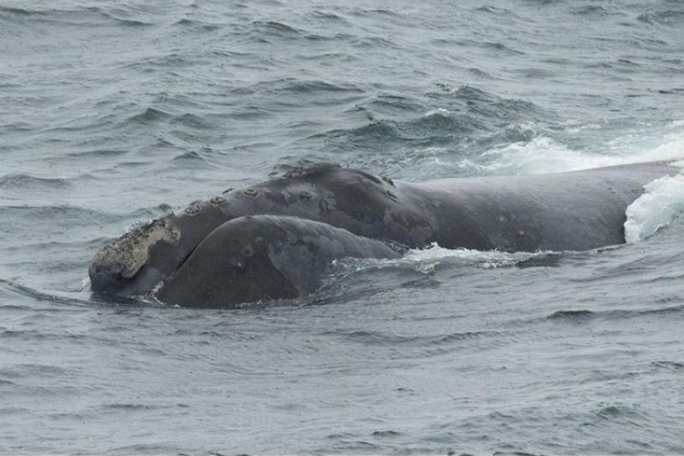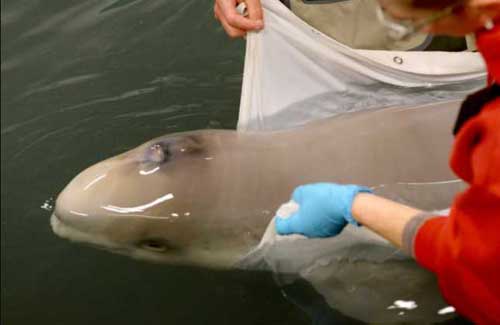Scientists from NOAA's Alaska Fisheries Science Center today announced the 2011 abundance estimate for the endangered Cook Inlet beluga whale population is 284 animals, almost 20 percent lower than last year’s estimate of 340. This year's estimate is the second-lowest since NOAA’s surveys began in 1993; the lowest was in 2005, when the estimate was 278.
Estimates can vary from year to year based on more than simply the beluga population itself. Different sighting or survey conditions, weather, or changes in beluga behavior or distribution from year to year can affect the survey results.
“The real value of this survey is the long-term nature, which helps to determine trends that are valuable for monitoring this population,” added survey lead scientist Rod Hobbs. “Year-to-year changes in the population estimates are less important than this long-term trend.”
This year’s estimate stays within the range of the ten-year population trend for Cook Inlet belugas, which shows an average annual decline of the population of 1.1 percent. Scientists know that beluga populations are not capable of increasing more than 20 percent in a year, and believe an actual decline of 20 percent in a year would likely be reflected in a large number of reported mortalities, which NOAA has not seen.
“Only three dead belugas were reported this year, which indicates that large numbers of mortalities did not occur in 2011,” said Alaska Fisheries Science Center Director Doug DeMaster. “While NOAA remains concerned that this population is not showing signs of recovery, at this time we do not believe this estimate represents a marked decrease in the population.”
The average number of reported Cook Inlet beluga whale mortalities over the past ten years is 9.8 per year. Five were reported in 2010; four in 2009; 12 in 2008.
Every June, scientists with NOAA’s Alaska Fisheries Science Center conduct aerial surveys of Cook Inlet in June. From a small plane with bubble windows, scientists look for and record the belugas they see, and record video of the whale groups in the inlet. The video recordings and observer counts are analyzed to produce an annual estimate of Cook Inlet beluga whales.
The Cook Inlet beluga whale, one of five beluga stocks recognized within U.S. waters, was listed as endangered under the Endangered Species Act in 2008. NOAA designated critical habitat for the species in April 2011, enabling consultations to reduce negative impacts federal or federally-funded projects could have on the species’ recovery. NOAA is currently developing a recovery plan for the species and continues to fund research on the species.
Reports on the survey and the analysis are available publicly. Population estimates for the last ten years are:
2001: 386
2002: 313
2003: 357
2004: 366
2005: 278
2006: 302
2007: 375
2008: 375
2009: 321
2010: 340
2011: 284
For more information, contact Rod Hobbs at 206-526-6278.
Source: NOAA Fisheries







